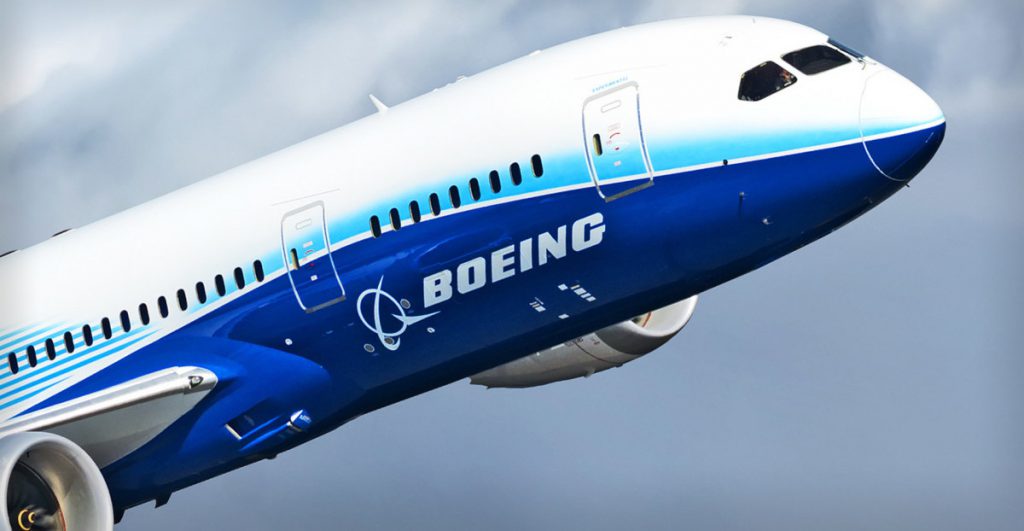Boeing Asia Pacific Aviation Services (Bapas), a joint venture between The Boeing Company and SIA Engineering Company, will be retrenching 13 per cent of its workforce.
27 employees of the 204-strong workforce at Bapas will be affected by the retrenchment exercise.
After the retrenchment exercise, 82 per cent of its workforce will be made up of Singaporeans. Prior to the retrenchment exercise, Singaporeans accounted for 79 per cent of the workforce.
In a joint statement with the Singapore Industrial and Services Employee’s Union (SISEU), Bapas said that the retrenchment was taken as a “last resort”.
The company has already exhausted all other cost-saving options, and measures were taken at the start of the pandemic to manage costs and save jobs.
The company added that it has worked with SISEU to extend fair compensation terms and employment-related assistance to the affected employees.
Aviation One Of Hardest-Hit Sectors By COVID-19

Airlines around the world have been struggling due to the onset of Covid-19, as a record number planes have been grounded for months.
As of June 2020, major airlines such as Lufthansa, British Airways, and Emirates, have cut tens of thousands of jobs.
Despite the additional S$187 million worth of support for the aerospace industry, Singapore Airlines (SIA) has already spent half of the S$8.8 billion in share sales that it raised in two months.
Over 6,000 SIA staff have also taken unpaid leave to help the company copy with the collapse in air travel.
Aerospace component manufacturers have also been hit by the pandemic. Earlier this month, aircraft maker Airbus laid off some of its workers in Singapore.
Even though the European manufacturer declined to reveal how many workers it retrenched, the lack of travel has dented the demand for its aviation support services.
It Is Probably Not The End Of Aviation Retrenchments
As the borders of most countries remain closed to a certain extent, it is unlikely that airlines see an uptake in performance anytime soon.
Even though governments around the world have implemented green lanes for business travellers, these efforts do not bolster airlines’ profits significantly.
Currently, Singapore only has two green lanes open, amounting to just 15 SIA flights travelling between China and Malaysia per week.
Airlines have also been coming up with innovative ways to maximise their resources.
For example, Taiwan’s Eva Airlines has launched flights to nowhere, to emulate the travel experience for travel-starved customers.
However, with most of airlines’ revenue streams being cut off, it is unlikely that the aviation sector will be able to return to its pre-Covid-19 performance anytime soon.
As business continues to take a hit, retrenchments are likely to persist too.
Featured Image Credit: The Street










